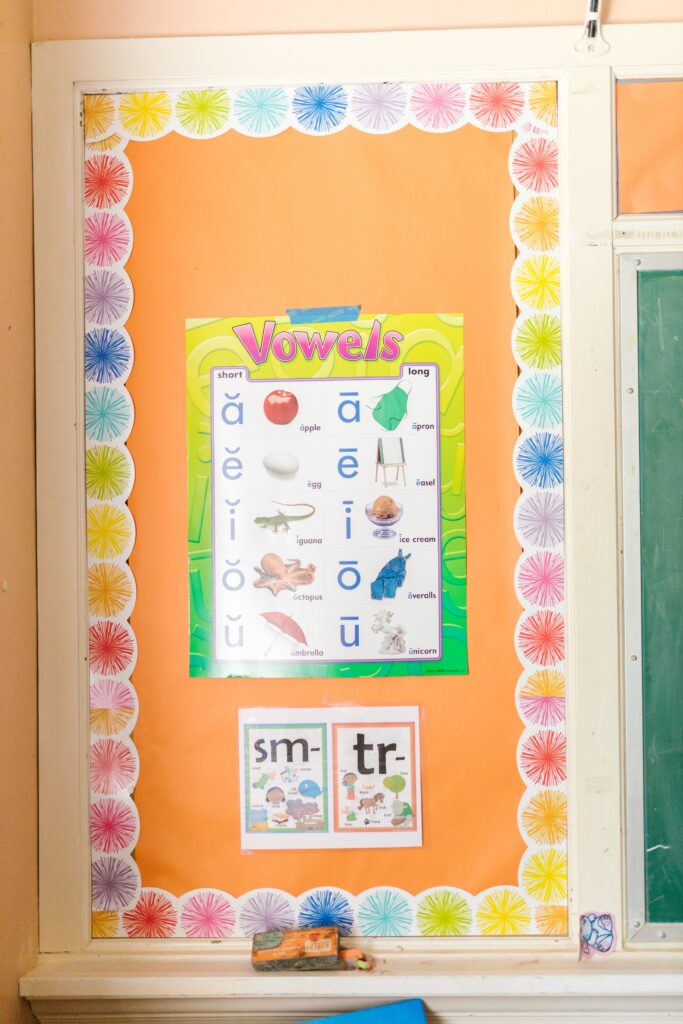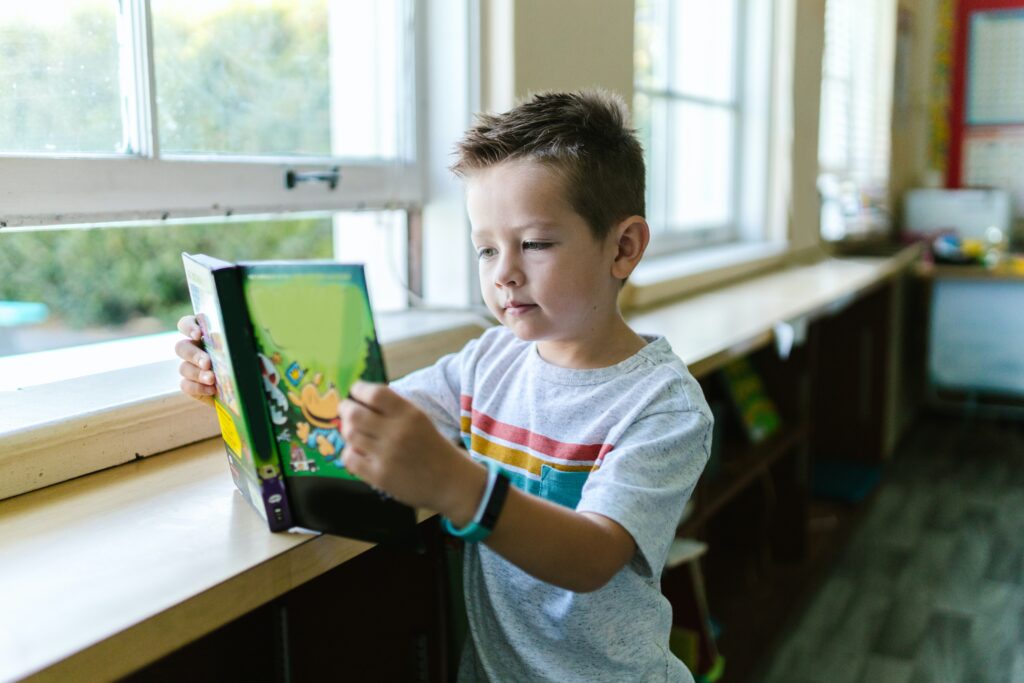This is the final step, part 4, of an instructional series on teaching your child how to read.
Step 1: Teach Your Child to Read! Step 1: Letter Sounds – My Brilliant Child
Step 2: TEACH YOUR CHILD TO READ! STEP 2: LONG VOWEL SOUNDS & CONSONANT BLENDS – My Brilliant Child
Step 3: TEACH YOUR CHILD TO READ! STEP 3: PHONICS! CVC WORDS – My Brilliant Child

It is never too early to teach children to read! We know that the fastest brain development occurs from birth to three years old. This time is ideal for reading to children, looking at and discussing picture books, and even teaching them their letters and sounds!
Once you see that your child is understanding the concept of listening to stories, remembering pictures, and recognizing letters, he or she is reading to start reading words! This can be anywhere from ages two to five, depending on the child.
It is important for children to realize that reading is fun! Activities such as weekly trips to the library and choosing books from the bookstore can be something that your child looks forward to! Reading builds a child’s confidence and self-esteem, and will eventually lead them into success in all areas of academic life.
LONG VOWEL BLENDS
Long vowel blends are two vowels that are joined together to form one sound.
Common Vowel Blends:
Long A Sound: ai (rain), ay (say)
Long E Sound: ea (bean), ee (green), ey (key)
Long O Sound: oa (boat), oe (toe), ow (row)
Other vowel blends: oi (coin), oy (boy), ou (mouse), oo (book), ue (blue), aw (claw)

Vowel blends are very common in early reading books. Words such as pail, tie, or sheep can be found in many toddler/preschool level books. It is important that our children do not shy away from these words. With a little practice, they will be decoding words such as these in no time!
ENDING CONSONANT BLENDS
1. -lk (milk, chalk)
2. -mp (camp, bump)
3. -ft (gift, craft)
4. -lt (jolt, quilt)
5. -nd (hand, kind)
6. -nt (lint, hunt)
7. -pt (kept, wept)
8. -xt (next, text)
Ending blends can be tricky for young minds, especially if the word is coupled with a beginning blend or vowel blend. Words such as stamp, joint, or front don’t have to be a stumbling block for children if the methods in this series are followed.
Remember, we want our children to enjoy reading and decoding words. Reading should not feel like a job or punishment that children have to stop playing to accomplish; reading should be the game, the fun activity, that children want to invest their time in.

When children begin to realize that they can decode words, the possibilities are unending! With the tools presented in this series, your child can read nearly any word presented to them. That is because you have taught them how to look at a word not as a whole, but as parts.
When a child can separate the parts of a word, attack and read each part, and blend each sound together into a whole word, they have learned the art of Reading!
This post contains affiliate links, which means I may receive a small commission, at no cost to you, if you make a purchase through a link.